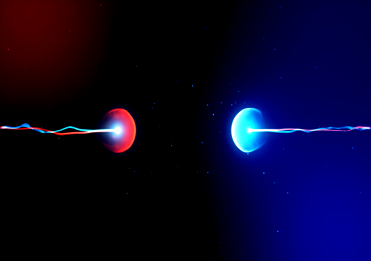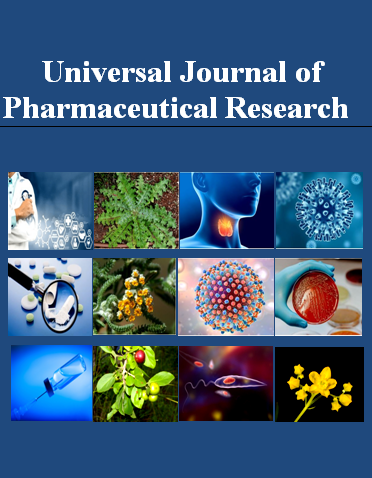ANTIMATTER: THE POTENTIAL IMPACT ON THE FUTURE OF MEDICAL AND PHARMACEUTICAL INDUSTRIES
Keywords:
Antimatter, CERN, MRI, particle accelerators, pet, positronsAbstract
Antimatter comprises antiparticles that mirror ordinary matter in mass but exhibit inverted quantum properties, such as charge. Theoretical predictions by Paul Dirac in 1928 laid the groundwork for its discovery, which Carl Anderson achieved experimentally in 1932 through positron detection in cosmic ray studies. Subsequent discoveries of antiprotons and antineutrons further solidified the concept of antimatter. Antimatter is produced in high-energy particle accelerators, cosmic ray interactions with Earth's atmosphere, and certain types of radioactive decay. Particle accelerators, such as linear accelerators, cyclotrons, synchrotrons, betatrons, Cockcroft-Walton generators and Van de Graaff generators, play a crucial role in antimatter production and research. This property makes antimatter both a potential energy source and a subject of safety concerns due to the immense energy release upon annihilation. Storing antimatter safely involves sophisticated techniques like magnetic traps, magnetic bottles and electrostatic traps, which prevent antimatter from coming into contact with matter. The study of antimatter also addresses fundamental questions in physics, such as the matter-antimatter asymmetry in the universe. Despite the challenges in production, storage, and handling, ongoing research aims to unlock the secrets of antimatter and harness its potential for scientific and practical advancements. This review highlights the history, production methods, potential applications and challenges associated with antimatter, emphasizing its significance in both fundamental research and potential technological innovations.

Peer Review History:
Received 13 February 2025; Reviewed 12 March 2025; Accepted 14 April; Available online 15 May 2025
Academic Editor: Dr. Asia Selman Abdullah , Pharmacy institute, University of Basrah, Iraq, asia_abdullah65@yahoo.com
, Pharmacy institute, University of Basrah, Iraq, asia_abdullah65@yahoo.com
Reviewers:
 Dr. Awofisayo, O Abosede, University of Uyo, Nigeria, shalomgirl08@yahoo.com
Dr. Awofisayo, O Abosede, University of Uyo, Nigeria, shalomgirl08@yahoo.com
 Dr. Asia Selman Abdullah, University of Basrah, Iraq, asia_abdullah65@yahoo.com
Dr. Asia Selman Abdullah, University of Basrah, Iraq, asia_abdullah65@yahoo.com
Downloads

Published
How to Cite
Issue
Section

This work is licensed under a Creative Commons Attribution-NonCommercial 4.0 International License.









 .
.